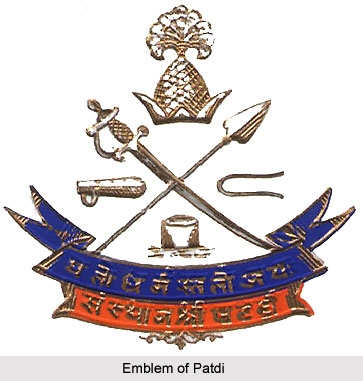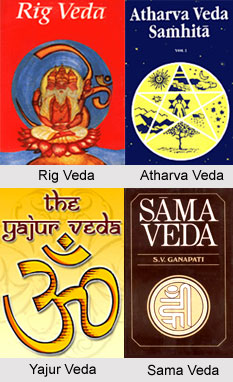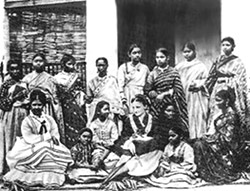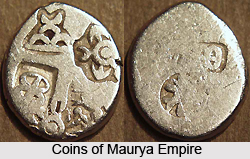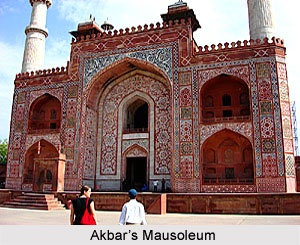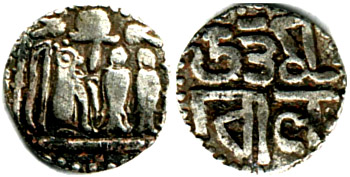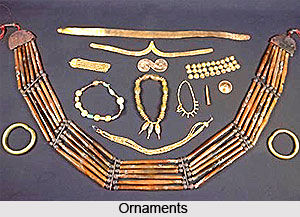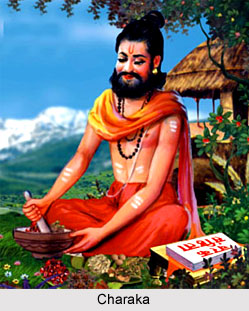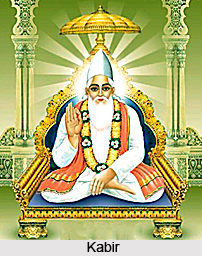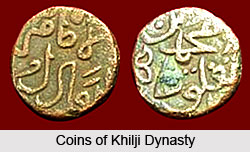Introduction
A princely state, also known as a native state, was a nominally sovereign territory under the British Raj that was not directly administered by the British government. Instead, it was ruled by an indigenous monarch who governed under a system of indirect rule, bound by subsidiary alliances and the suzerainty of the British Crown. At the time of British withdrawal from India, there were 565 officially recognized princely states across the Indian subcontinent, and the Princely State of Patdi was one among them.
History of Princely State of Patdi
Patdi was an estate within the Eastern Kathiawar district governed by British Raj. The title of ‘Desai’ was granted to the Kadva Patidar rulers by Emperor Jahangir. Historically, this region fell under the jurisdiction of the Jhalawar State.
The Desai dynasty of Kadwa (or Katva) Patidars was the ruling family of the princely state of Patdi. The family settled in the area in the 15th century. The region of Patdi was obtained by Bhav Singh of Viramgam in the year 1741. The Princely State of Patdi included around 24 villages and 16 villages of them covering an area of 135.6 sq miles, were in the district of Ahmedabad. The princely state of Patdi was incorporated as a part of the Baroda Agency, which was a sub division of Western India States Agency. It was also a part of the Eastern Kathiawar Agency. The territory of Patdi later became a part of the Indian state of Gujarat. The native ruler of the princely state of Patdi, who held the title and style of Desai, exercised significant civil and criminal jurisdiction. Most of the revenue of the state was obtained from the villages during the rule of the British Empire in India. The state of Patdi was ranked 41st in order of precedence amongst the states of Western India.
Political Position of the Princely State of Patdi
Patdi state was one of the original constituent members of the Chamber of Princes, a number of smaller states indirectly represented by 12 princes who were elected periodically by them. According to the Attachment Scheme of 1943, the state of Patdi was attached to the princely state of Baroda. The native ruler of the state held the title of Desai.
Economy of the Princely State of Patdi
Patdi has historically been known for its salt production. Situated on the edge of the Little Rann of Kutch, a salt marsh in the Thar Desert, its primary industry has long been the extraction and processing of salt and related products. The town has served as an important salt supply and transportation center in India, a role it continues to fulfill today.
Accession with Union of India
After the withdrawal of the British and the independence of India on 15th August 1947, the last native ruler of the state acceded to the newly formed Union of India, also known as the Dominion of India. Today, Patdi functions as a municipality located in Dasada Taluka of Surendranagar District in the state of Gujarat. It also serves as the administrative headquarters of the taluka.
Rulers of Princely State of Patdi
The chronology of the native rulers of the princely state of Princely State of Patdi are as follows-
Later, state managers were assigned to govern the affairs of the estate. They are:



